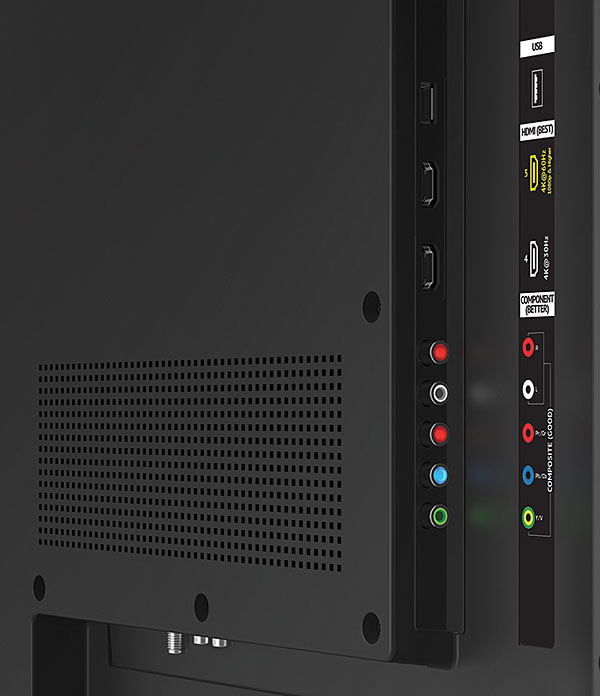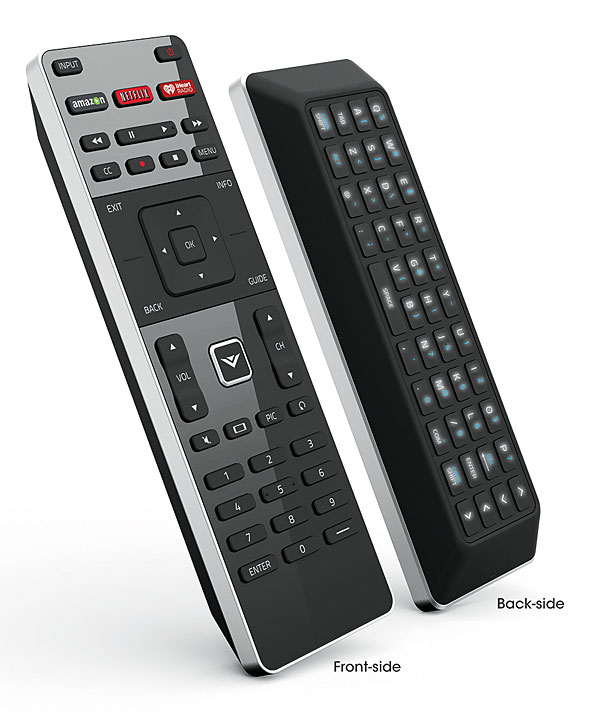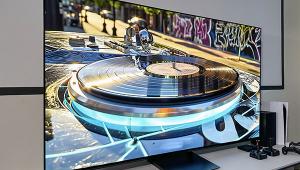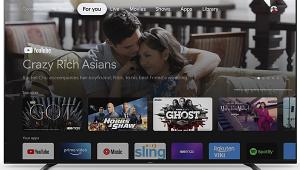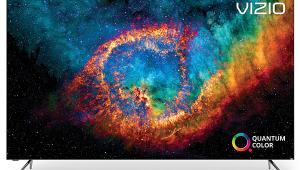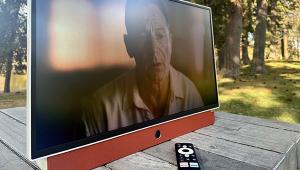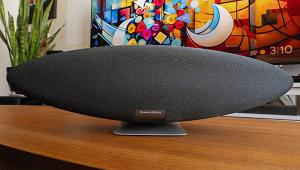If I were shopping for a set like this, I would expect near perfection from the picture! I don't care if it is the only 120" out there, having it clip blacks and whites is a total non-starter. I would wait for the 110" Samsung is working on. It will probably be a fully active backlit model with their "Nanocrystal Color" technology and HDR.
Also, why throw in a sub-performing soundbar with this? Doesn't Vizio realize that anyone spending this kind of cash would want a top performing sound system to go with it? STUPID!
This whole review just screams "mediocrity"! I would never recommend this POS to anyone!

